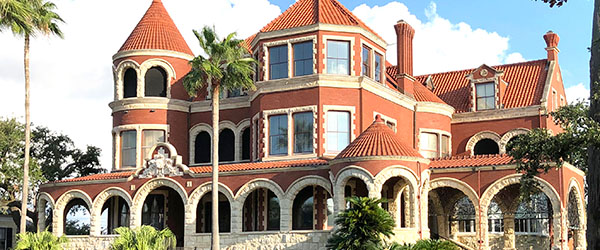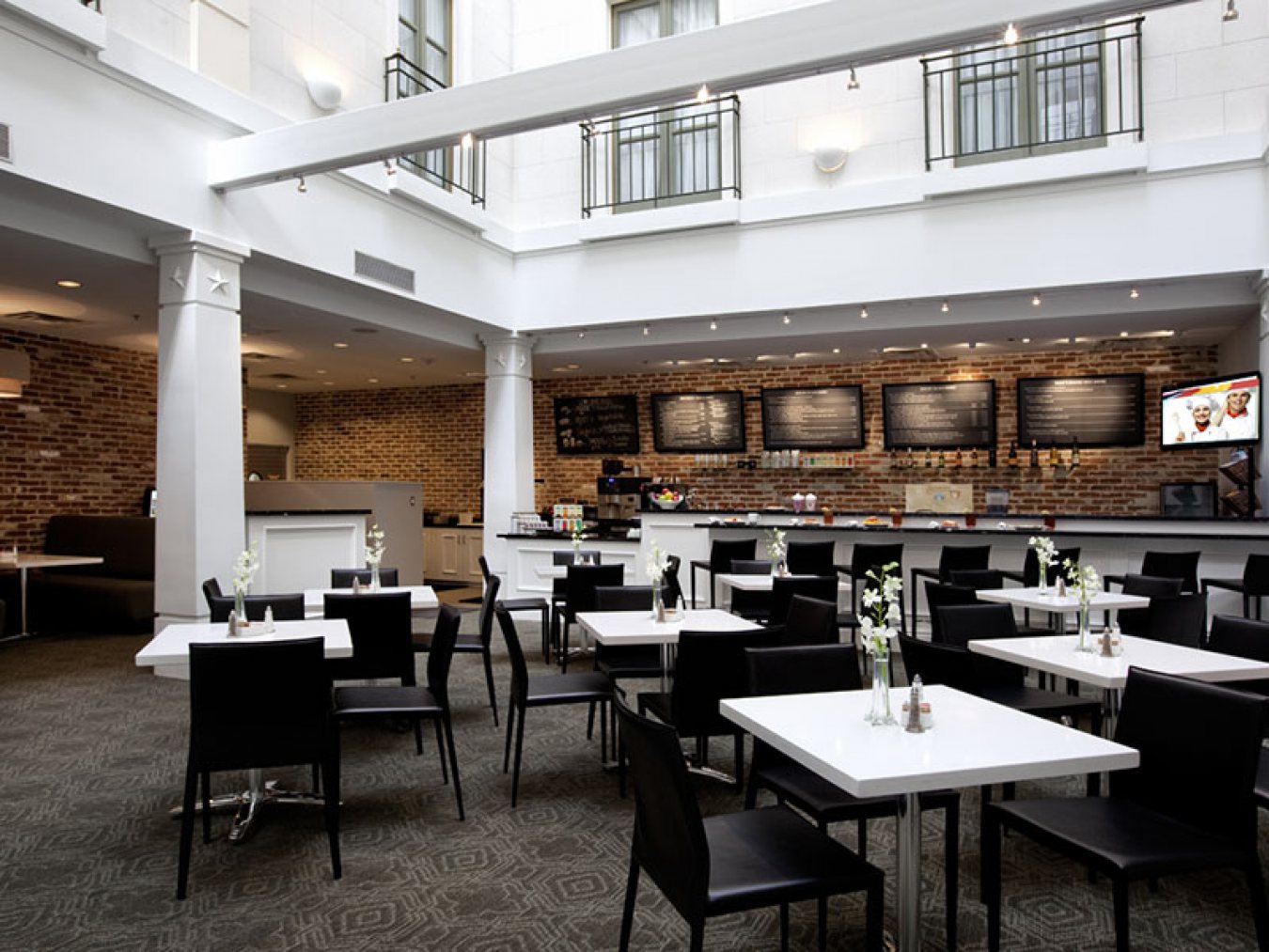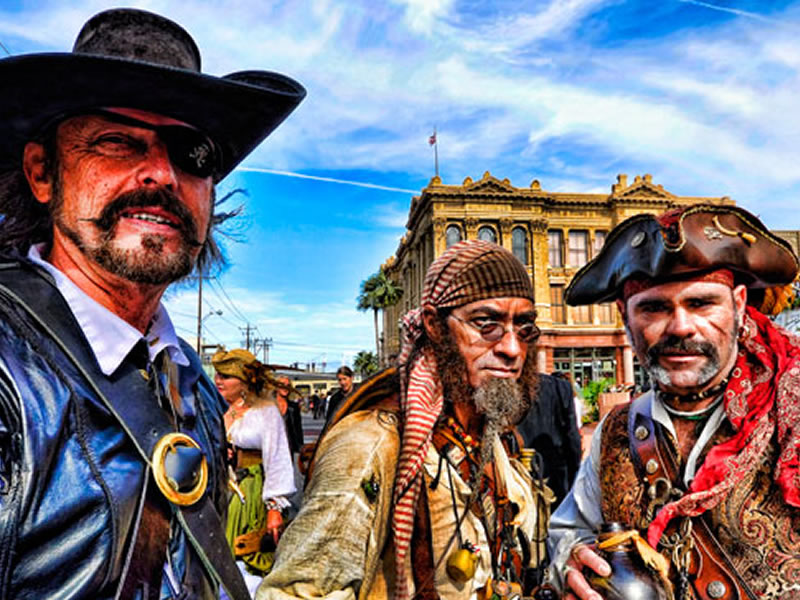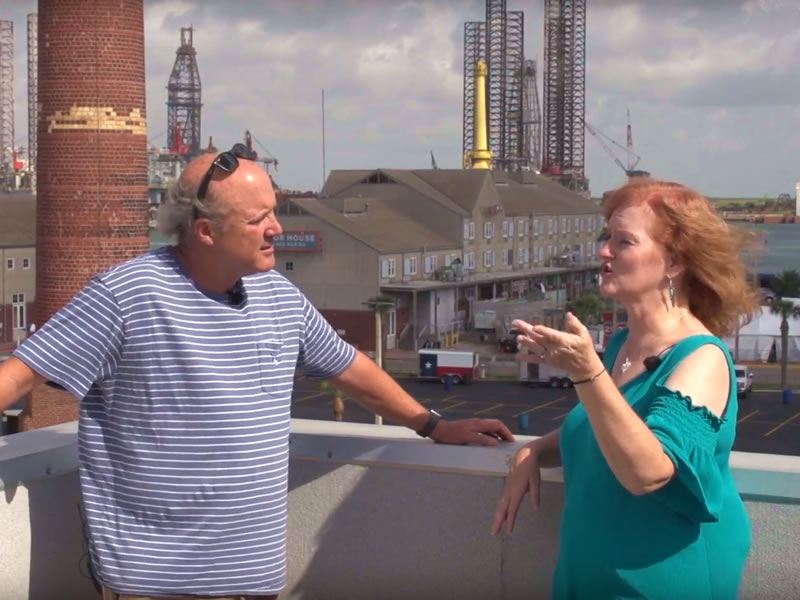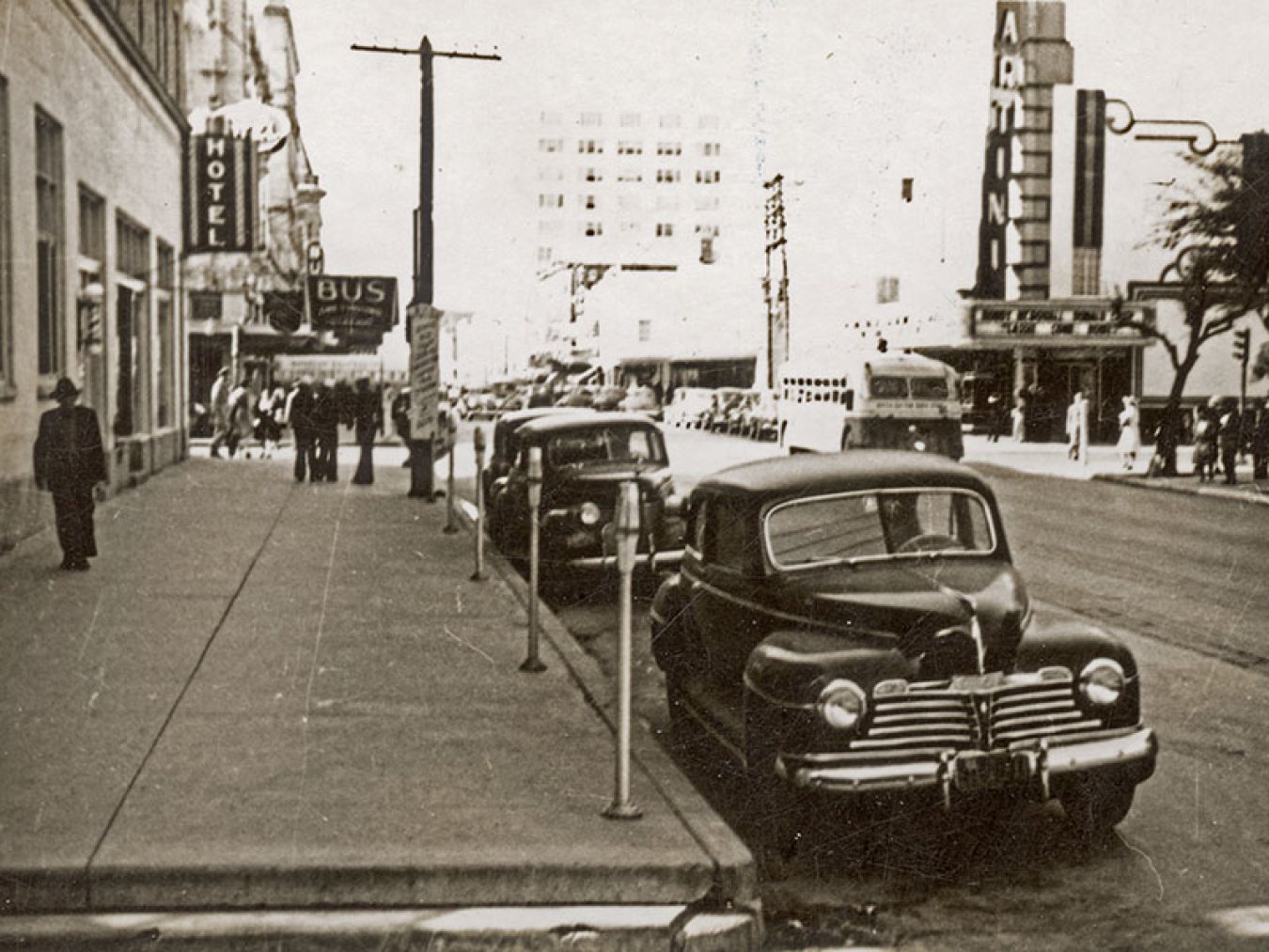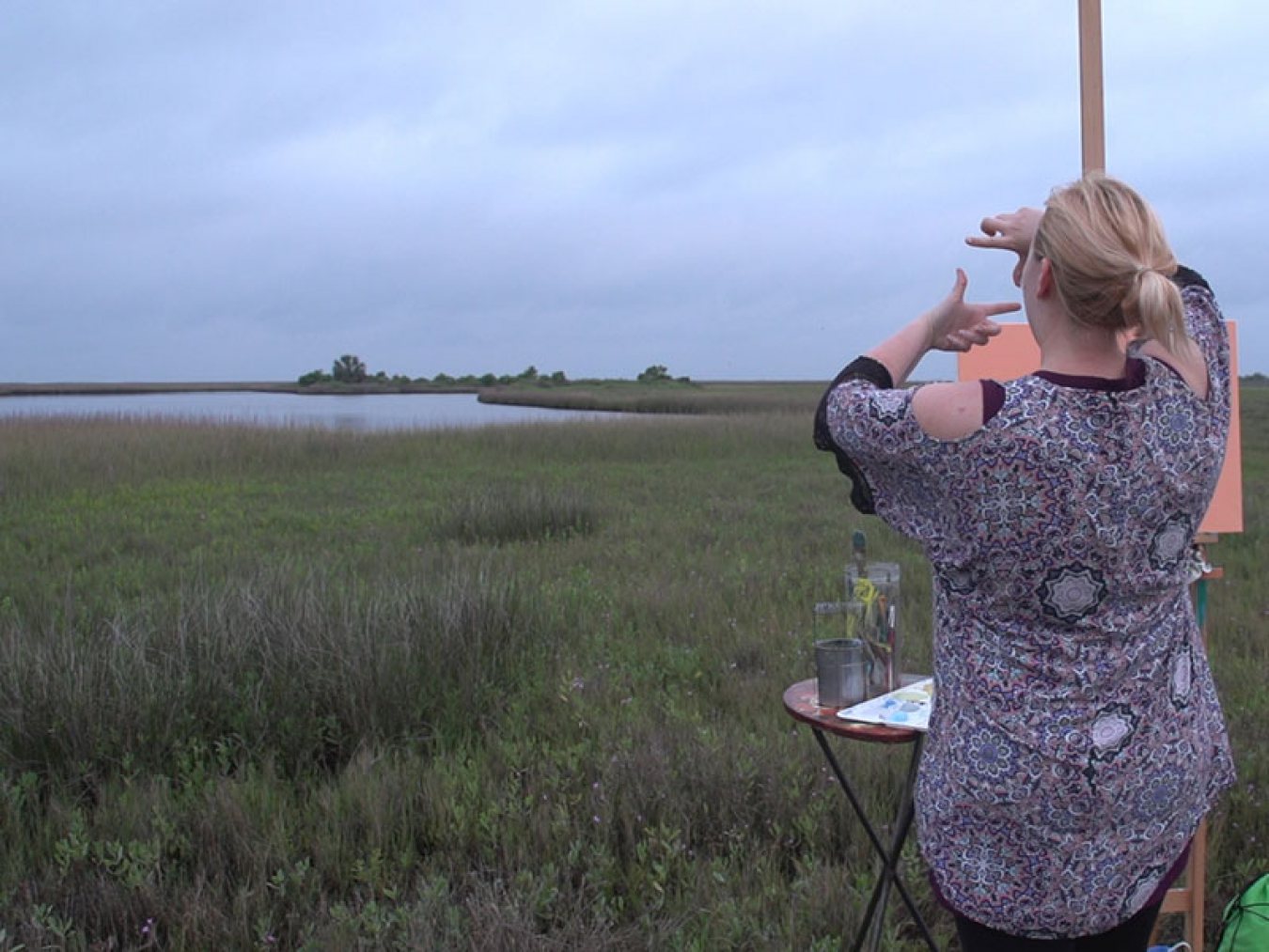One of over 200 historical markers on the island, this marker highlights Mardi Gras in Galveston which first occured in 1867 at Turner Hall. The marker was erected in 2017 by the Texas Historical Commission.
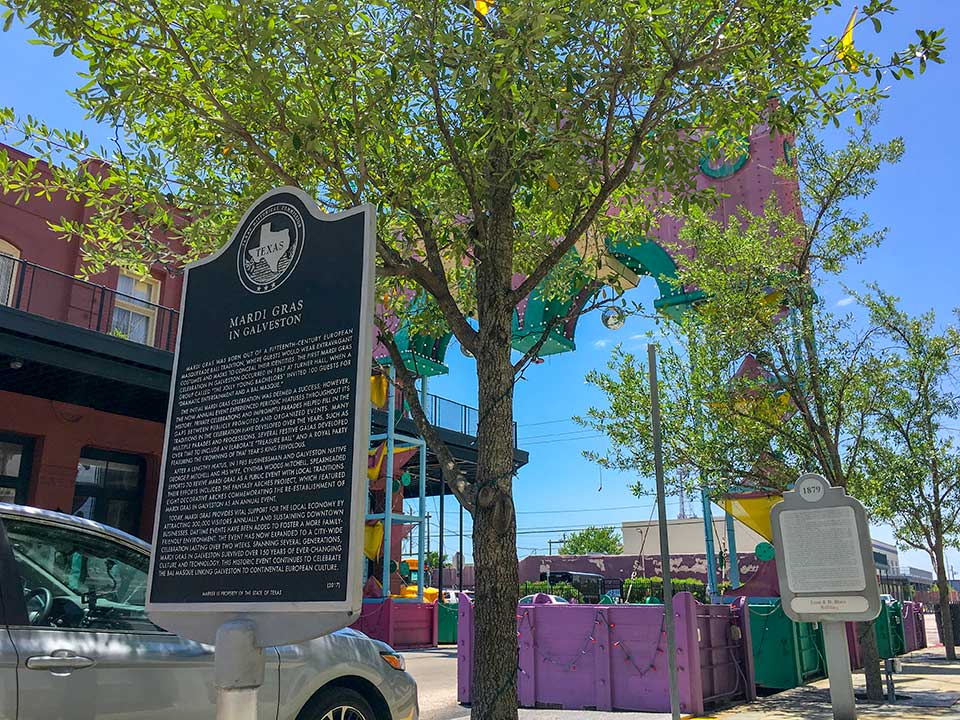
Inscribed
“Mardi Gras was born out of a fifteenth-century European masquerade ball tradition, where guests would wear extravagant costumes and masks to conceal their identities. The first Mardi Gras celebration in Galveston occurred in 1867 at Turner Hall, when a group called “The Jolly Young Bachelors” invited 100 guests for “Dramatic Entertainment and a Bal Masque.””
“The initial Mardi Gras celebration was deemed a success; however, the now annual event experienced periodic hiatuses throughout its history. Private celebrations and impromptu parades helped fill in the gaps between publicly promoted and organized events. Many traditions in the celebration have developed over the years, such as multiple parades and processions. Several festive galas developed over time to include an elaborate “Treasure Ball” and a royal party featuring the crowning of that year’s King Frivolous.”
“After a lengthy hiatus, in 1985 businessman and Galveston native George P. Mitchell and his wife, Cynthia Woods Mitchell, spearheaded efforts to revive Mardi Gras as a public event with local traditions. Their efforts included the fantasy arches project, which featured eight decorative arches commemorating the re-establishment of Mardi Gras in Galveston as an annual event.”
“Today, Mardi Gras provides vital support for the local economy by attracting 300,000 visitors annually and sustaining downtown businesses. Daytime events have been added to foster a more family-friendly environment. The event has now expanded to a city-wide celebration lasting over two weeks. Spanning several generations, Mardi Gras in Galveston survived over 150 years of ever-changing culture and technology. This historic event continues to celebrate the Bal Masque linking Galveston to continental European culture.”
“Marker is property of the State of Texas”

